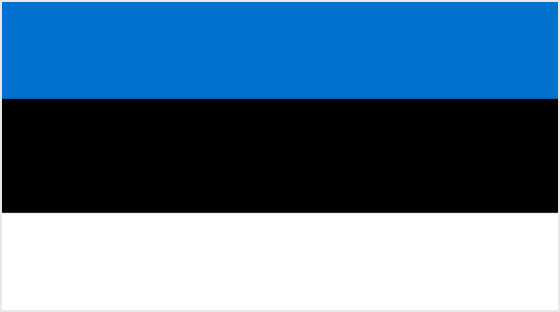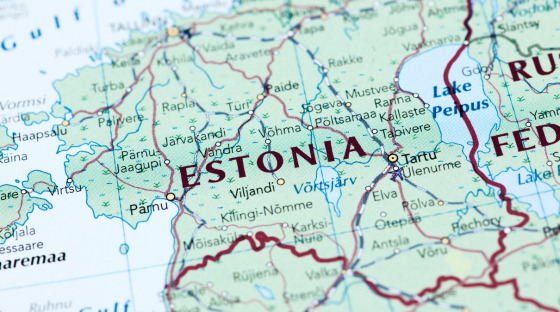-
Services
-
Software Project Delivery
-
Services
-
Solutions
-
Technologies
-
-
Network
-
Discover
-
Regions
-
Industries
-
Must-Read Guide
-
2026 Global Software Outsourcing Rates and Trends GuideDiscover why rates are just one aspect of the Accelerance Global Software Outsourcing Rates & Trends Guide, which offers valuable insights into the software development landscape.
-
-
-
Resources
-
Our Resources
-
Newest White paper
-
Aviation Ecosystem Modernization: A Holistic Approach for Meaningful TransformationModernize aviation by integrating people, processes, technology, and data
-
-
New eBook
-
 The True Cost of Software DevelopmentHidden costs can wreck your budget. Our new eBook breaks down the true cost of outsourcing—get your copy to stay ahead.
The True Cost of Software DevelopmentHidden costs can wreck your budget. Our new eBook breaks down the true cost of outsourcing—get your copy to stay ahead.
-
-
Featured White paper
-
Flow & Process OptimizationIn this white paper, you'll learn to streamline workflows, improve change management, and accelerate results.
-
-
-
About
-
About Accelerance
-
Our History
-
Accelerance: Our HistoryThere's great talent everywhere and great teams everywhere, which is the basis of the Accelerance model.
-
-
Software Without Borders
-
New Episode Every Week!Tune into our podcast Software Without Borders, the essential listen for technology leaders and business owners in the software sector who crave insights from the industry’s top minds.
-
-
Andy's Book
-
Synergea: A Blueprint for Building Effective, Globally Distributed Teams in the New Era of Software DevelopmentPeople are first and locations are secondary when it comes to software development success.
-
-
- Client Reviews
Estonia

Overview
Estonia was named “the most advanced digital society in the world” by Wired magazine in 2017, thanks in part to its pioneering e-Residency program that provides offshore companies with a digital identity, enabling them to operate entirely online. A world leader in creating and implementing e-government solutions and cybersecurity, it was also the first to adopt an online political voting system. A tight talent pool, however, means software development rates are relatively high.
Formerly part of the Soviet Union, Estonia is the northernmost of the three Baltic states and a longstanding member of NATO and the European Union. Estonians have founded 10 unicorns, including Skype, Playtech, TransferWise, ID.me, and Glia, an in-app messaging service. Many companies in Estonia are subsidiaries of European, particularly Scandinavian, firms. Both the cybersecurity center of NATO and the IT agency of the European Union are based here.
Since the country’s restoration as an independent republic in 1991, air and water pollution have been reduced. The World Clean-up Day initiative started in Estonia in 2008, and about a tenth of its territory is set aside as a nature preserve. Dotted with castles, churches and hilltop fortresses, Estonia borders Russia to the north and its area in cludes some 1,500 islands. The capital, Tallinn, lies on the Baltic Sea coast and is known for its preserved Old Town.
The Accelerance Global Network is the most curated list of high-quality global teams ever assembled.
13hrs
Time Travel (From NY)
Average flight time from NY to the major cities in the country.
55
Partner Innovation capability
The score reflects investment in STEM progrms and IT funding by country.
62
Partner Skill Level
Level of workforce skills and quality of education, including factors such as digital literacy, interpersonal skills, etc.
55
Partner Global Competitiveness
National productivity based on 12 core pillars, including government policy, infrastructure, economic stability, etc.
Low
Software Outsourcing Readiness
Overall rating, based on the maturity of the tech sector, socio-political conditions, and on-the-ground research by Accelerance.
.png?width=600&height=375&name=Untitled%20design%20(42).png)
Talent Pool & Education
Despite being the smallest of the Baltic states, with a population of 1.3 million, Estonia boasts an impressive aptitude for digital technology. The IT sector contributes significantly to the local economy, generating a projected $264.20 million in revenue in 2024, accounting for 7.5% of GDP.
Allan Martinson, president of the Estonian Founders Society, says Estonia’s start-up industry has never stopped growing, “even though the rest of the economy has stagnated for over two years.” While not unaffected by the global crunch, funding and capital growth have already shown strong signs of accelerating from mid-2024. Many Estonian tech companies have reached break-even point or profitability, and investor optimism is high.
Estonia’s ongoing e-Residency program, launched in 2014, is aimed at offshore software developers and writers. It gives global entrepreneurs a government-issued digital identity and status that allows them to start and manage an EU-based company from anywhere in the world, entirely online. Since its inception, more than 80,000 people from 170 countries have become e-residents of Estonia and some 22,000 companies have been established through the program.
Language
The official language is Estonian. English is widely spoken by people under 40 and in business centers. Unlike Lithuanian and Latvian, spoken in the other two Baltic states, Estonian has entirely different roots and is closer to Finnish.

Economic Outlook
Following a significant downturn in recent years, real GDP growth is expected to pick up throughout 2024-2025. While the COVID-19 pandemic did not hit the Estonian economy as hard as predicted, the ensuing security crisis in Europe and economic sanctions against Russia led to rapid price increases, particularly in the energy market. The Economist Intelligence Unit forecasts a slow recovery, amid tight monetary policy and sluggish demand from its main trading partners. Growth is predicted to remain below the pre-pandemic decade average for the next few years.
Although Estonia faced high inflation and a decline in GDP in 2022, the BTI Transformation Index highlights that the unemployment rate decreased and remained below the EU average. Comparably, while the gross public debt increased, it remained the lowest in the European Union and euro area. Overall, BTI concludes the fundamentals of Estonia’s macroeconomic performance remain strong.
According to the World Bank’s annual Worldwide Governance Indicators surveys, the regulatory and legal frameworks are business-friendly, and the level of corruption is low. Similarly, the Heritage Foundation’s annual Index of Economic Freedom surveys have put Estonia in the top 10 out of approximately 180 economies in recent years. This reflects strong scores in regard to property rights, judicial effectiveness, government integrity, tax burden, trade freedom and investment freedom, with only labor freedom scoring below average.
Political Conditions
A coalition government comprising the center-right Reform Party, the new Estonia 200 party and the Social Democratic Party continues to govern, but not without some rising political stability risks owed primarily to the Russian invasion of Ukraine. Prime Minister Kaja Kallas of the Reform Party – Estonia’s first female prime minister – resigned in July 2024 to become the European Union's High Representative of the Union for Foreign Affairs and Security Policy.
Climate Minister Kristen Michal, replaced Kallas as prime minister and chairman of the party, after successful renegotiations with the coalition partners. According to the Economist Intelligence Unit, a stable parliamentary majority and policy alignment will probably prevent the coalition’s collapse, and an early election before 2027 is deemed a low risk.
A staunch advocate for Ukraine, Estonia has consequently become the target of Russian attempts at cultural and political destabilization. While an increase in far-right support and political rhetoric has influenced the way internal politics is conducted, a full-blown slide to populist ideology has not materialized. Continued government efforts to support Ukraine and reduce Russian cultural influence domestically are likely to lead to further aggressions from Russia, in the form of cyber-attacks and other "gray-zone" tactics.
Learn more about our customer stories.
Looking for a customer story in a specific technology or industry? Discover compelling customer narratives within a specific technology or industry that resonate with your unique software development needs.
